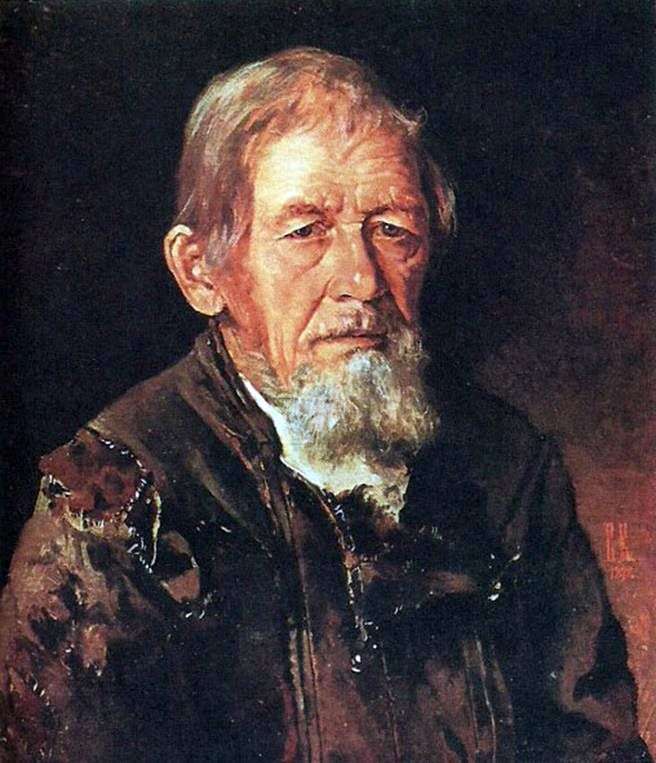
At the end of the XIX century, a special interest in folk art arose. Finally, the higher strata of society paid attention to the originality and uniqueness of the people’s tradition. Fostering attention to folklore in all its manifestations was also warmed by the composers of the “Mighty Handful”, and the Wanderers’ Artists, and by V. Andreev, who in 1888 brought folk instruments to the professional stage. At this time, actively begin to collect tales, write down epics, composers and ethnographers carry out the first folklore expeditions, trying to preserve what has been passed on from mouth to mouth for centuries.
There were also new cultural heroes who were the translators of folk art. These nuggets, absolutely illiterate, but possessing a natural talent, aroused the admiration and respect of the educated public. To such exceptional people from the people were included the storytellers of epic tales, and Vasily Petrovich Shchegolenok was one of the famous personalities. Ilya Repin, Vasily Polenov, wrote this painter and shoemaker, wrote a portrait of him and Ivan Kramskoy. But back to the hero.
Monotonous work, such as shoemaking, Vasily Petrovich tried to diversify, reciting the epics in a sing-song manner. This he learned from his father and uncle, a disabled person, they also borrowed a repertoire. Possessing a phenomenal memory, Shchegolenko knew many fairy tales and ballads, whose heroes were heroes, Sadko, Ivan the Terrible, Hoten Bludovich. Many collectors of folklore considered his variants of the epic, together with the fulfillment of the best among all talisman epics. Vasily Petrovich managed to get to know the professional scene as well – his performances were organized in Petersburg and Moscow, and in 1879, at the invitation of Leo Tolstoy, he stayed a month in Yasnaya Polyana.
The writer personally wrote down epics for the narrator, and at least six of his works are based on stories of the narrator-nugget. How do we see him in the portrait of Kramskoy? No doubt, this is a very hard-working person whose life is not easy. Poor clothes, requiring repairs, inaccurately trimmed beard, emphasize the hero’s misery. Indeed, the storytellers of the epic were actually begging, traveling through the villages with their stories. As usual, the painter singles out the face of his character – that’s what viewers should consider. And yet, the view from the narrator’s face can not really be taken away.
The wrinkled forehead gives out the mind in it, the eyes are even sad, but in them both wisdom and dignity are read. The lips of the hero seem to be able to express any emotion – even moments and tips will creep up, turning a wrinkled face into a friendly and benevolent one, or, conversely, the old man frowns even farther to tell about something dramatic and tense. Deep respect, admiration for the hero expresses this portrait, together with a truthful narrative. No doubt, the wonderful work of a thin, sensitive portraitist Kramskoy…
